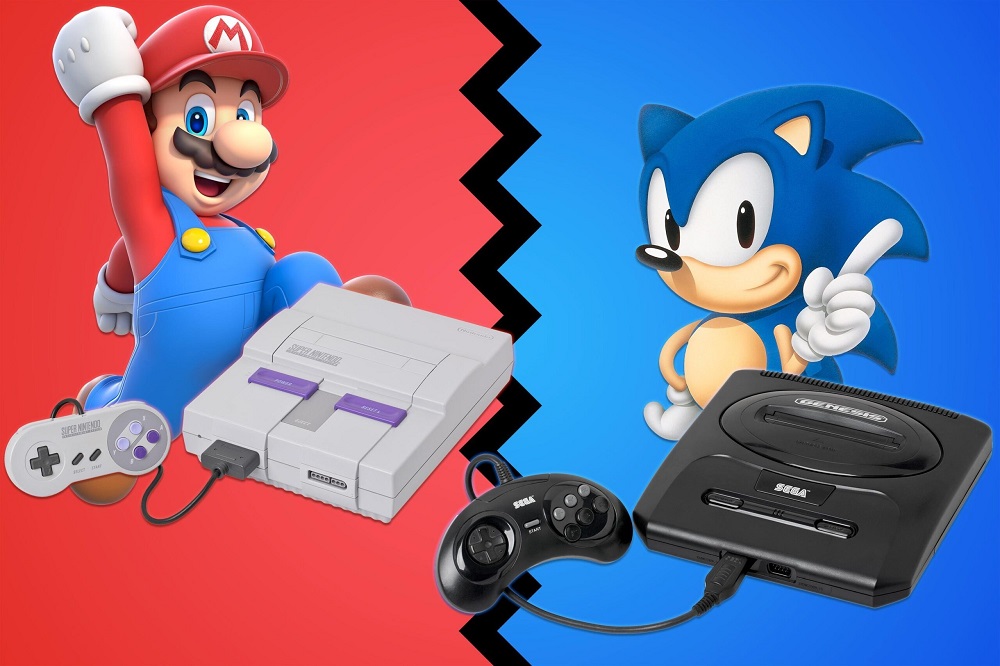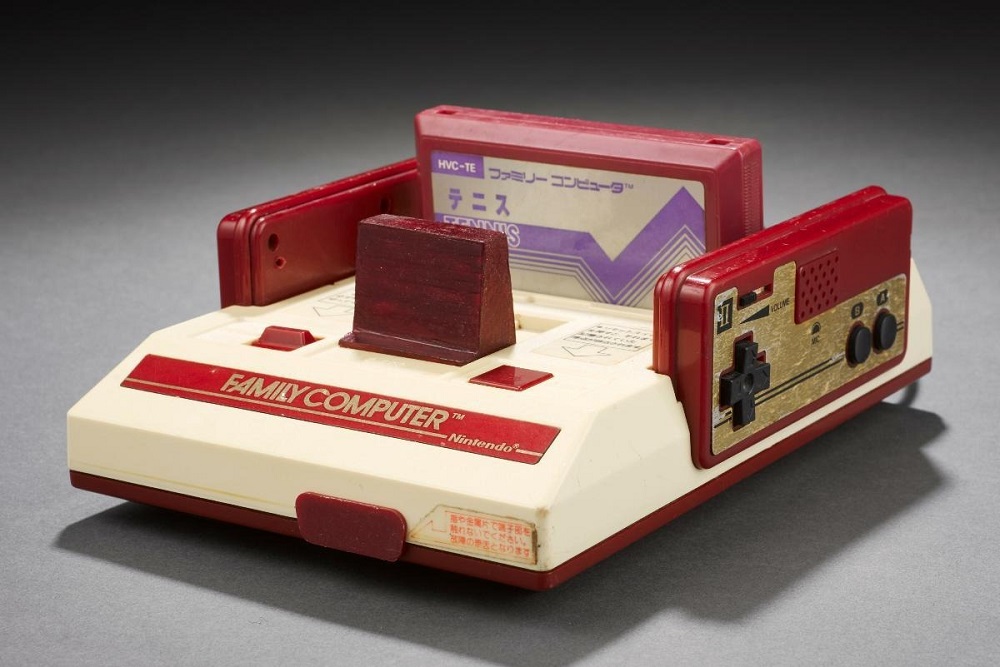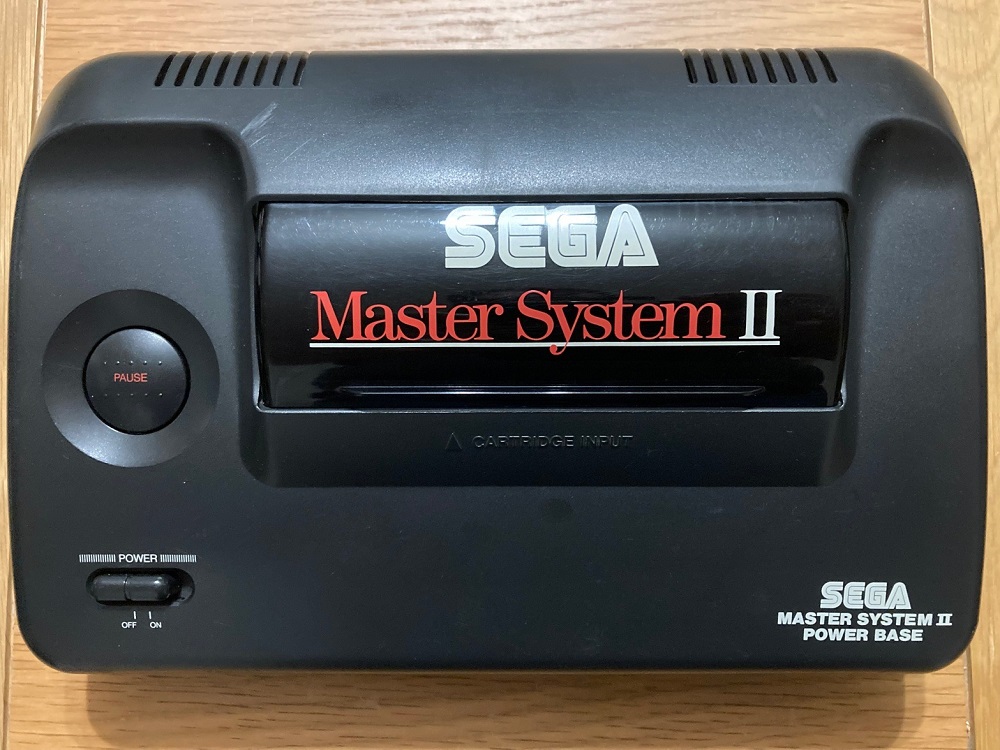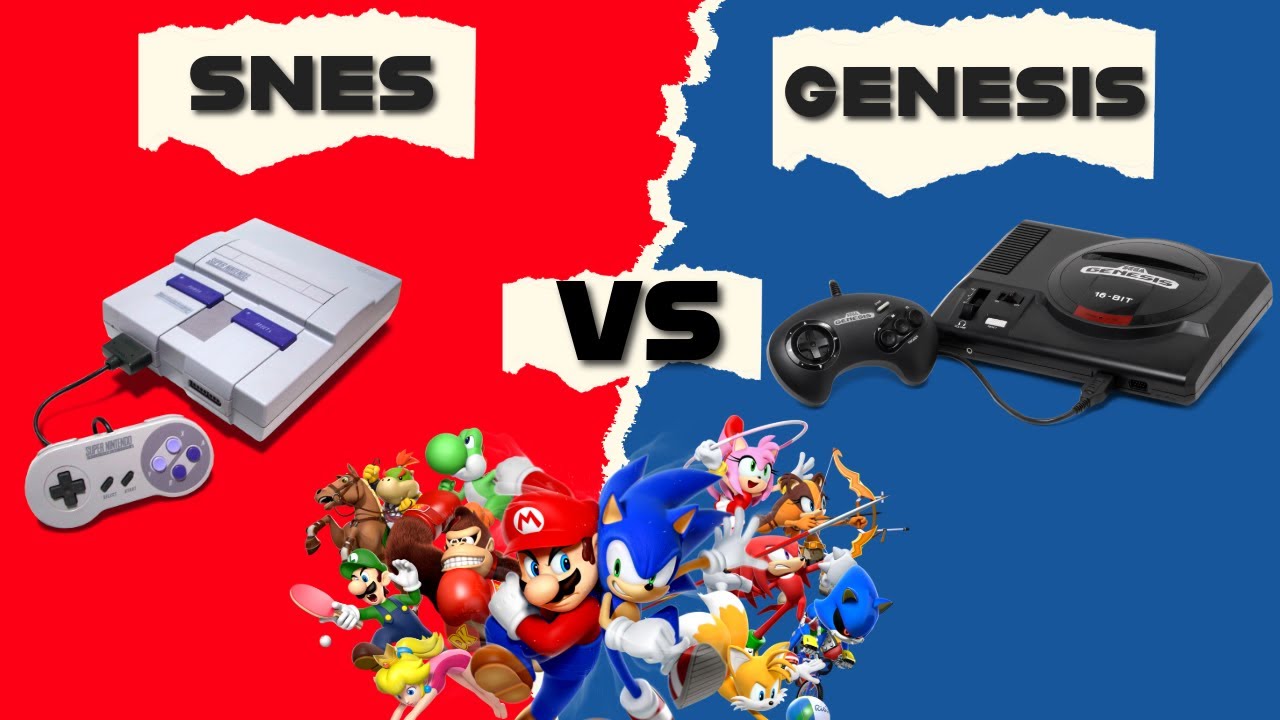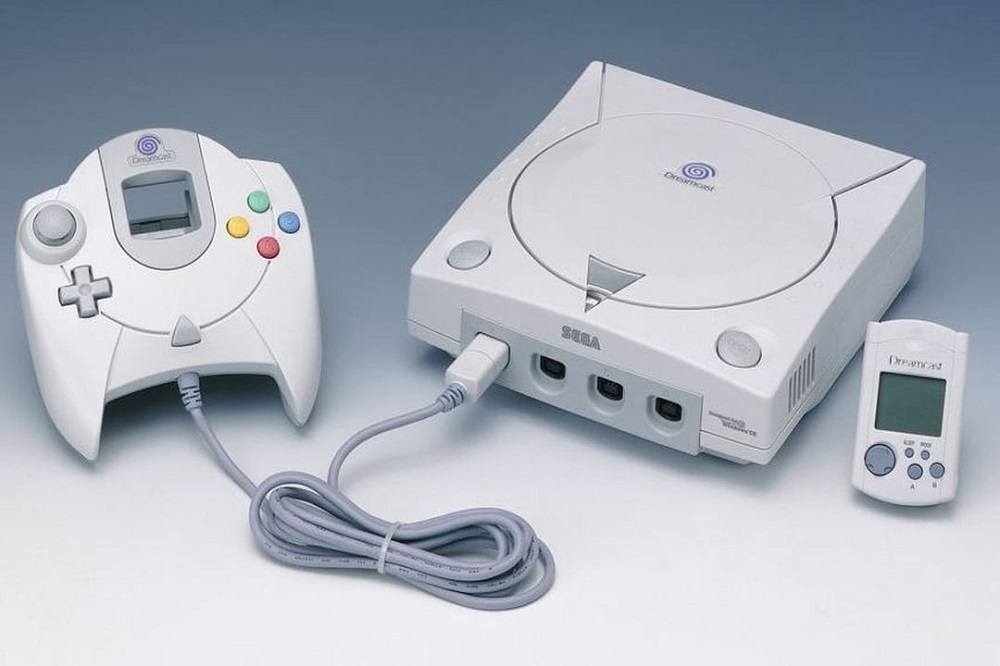In the early 1990s, the video game industry wasn’t just about games — it was about attitude. The battle between Sega and Nintendo didn’t stay confined to the consoles; it erupted on TV screens, in magazines, and even on billboards.
Sega’s bold, brash marketing challenged Nintendo’s family-friendly dominance, transforming the rivalry into one of the most legendary advertising wars in entertainment history.
At Oldies Nest, we’re diving into the marketing chaos that defined a generation — the slogans, mascots, and tactics that made the Sega vs. Nintendo Console War unforgettable.
Nintendo’s Early Reign: The Family Brand
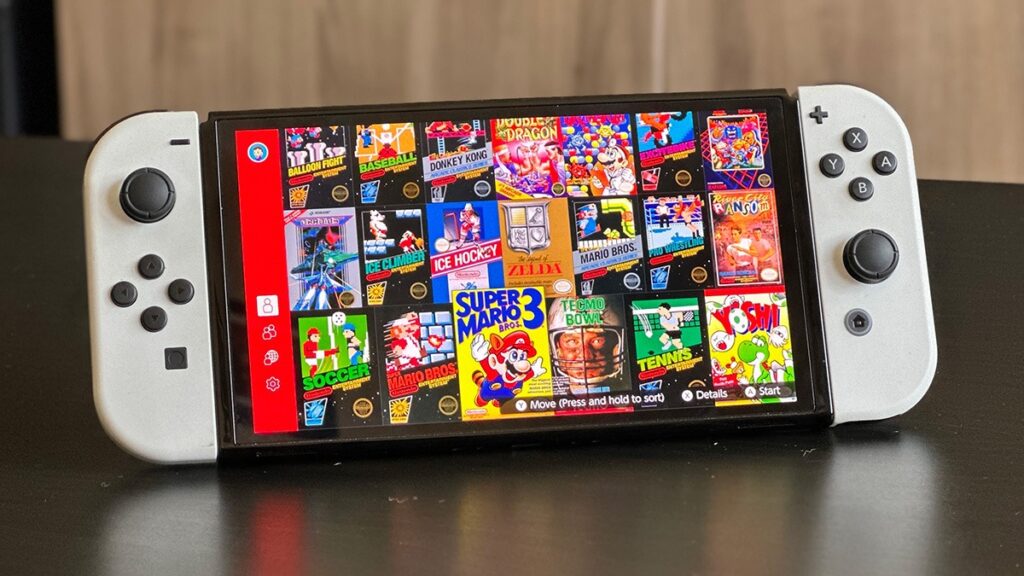
By the late 1980s, Nintendo ruled the gaming world. The NES dominated households, and its follow-up, the Super Nintendo Entertainment System (SNES), carried that legacy into the 16-bit era.
- Brand Identity: Safe, wholesome, and universally appealing.
- Mascot Power: Mario was instantly recognizable, symbolizing fun for everyone.
- Advertising Tone: Focused on joy, imagination, and accessibility.
Nintendo ads often featured families gathered around the TV, children smiling, and colorful game worlds bursting to life. They projected comfort and reliability, making the NES controller itself iconic — a design standard still referenced today (Why the NES Controller Became the Standard).
But beneath Nintendo’s smiling exterior, cracks were forming — and Sega was ready to strike.
Sega’s Entry: The Rebel with Attitude
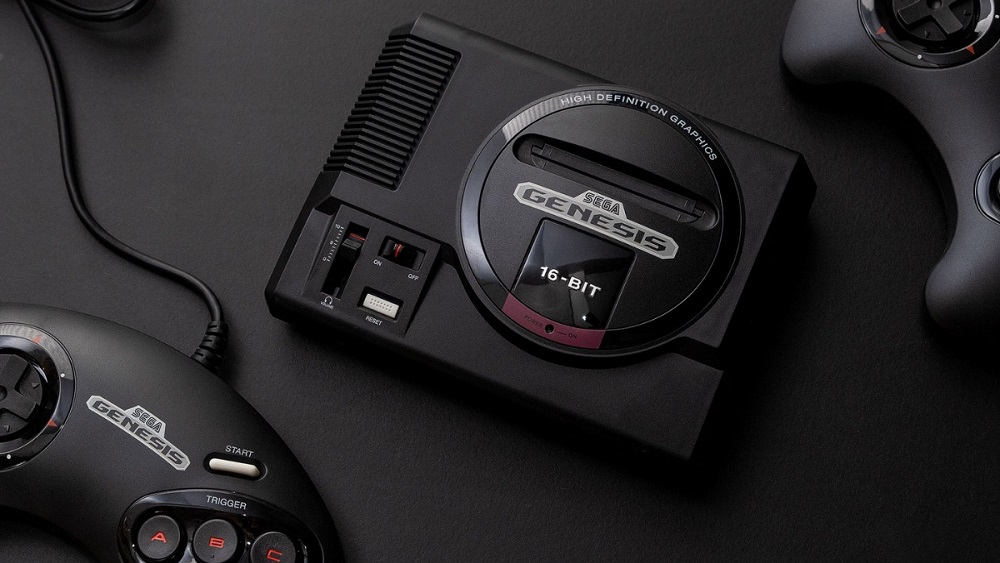
In 1989, Sega launched the Genesis, and its marketing couldn’t have been more different. While Nintendo appealed to families, Sega went straight for teenagers and young adults — the kids who thought Mario was “for babies.”
The Birth of “Genesis Does What Nintendon’t”
This 1990 campaign remains one of the most famous in gaming history.
- Tagline: “Genesis Does What Nintendon’t.”
- Message: Sega was faster, edgier, and cooler.
- Tone: Aggressive, confident, and a little bit cocky.
TV commercials compared games side by side, highlighting Sega’s superior graphics, sound, and “blast processing.” It was more than a slogan — it was a declaration of war.
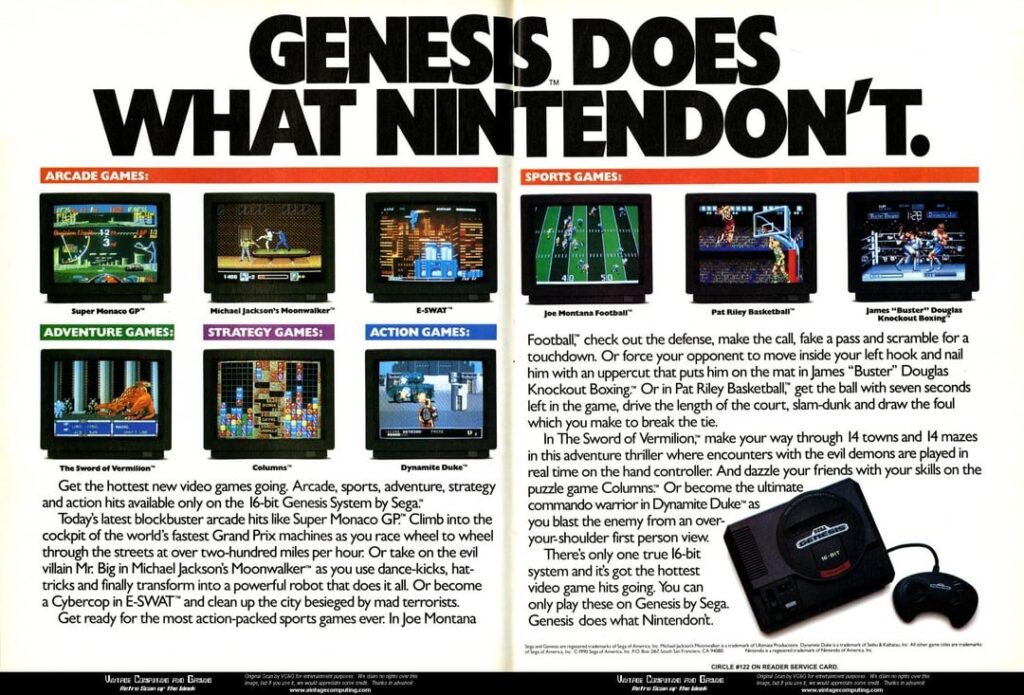
Sonic Enters the Ring
Every war needs a hero, and Sega had Sonic the Hedgehog.
- Design Intent: Created to embody speed and attitude — everything Mario wasn’t.
- Marketing Persona: Cool, rebellious, always in motion.
- Impact: Sonic became the face of Sega’s identity and the symbol of its anti-Nintendo stance.
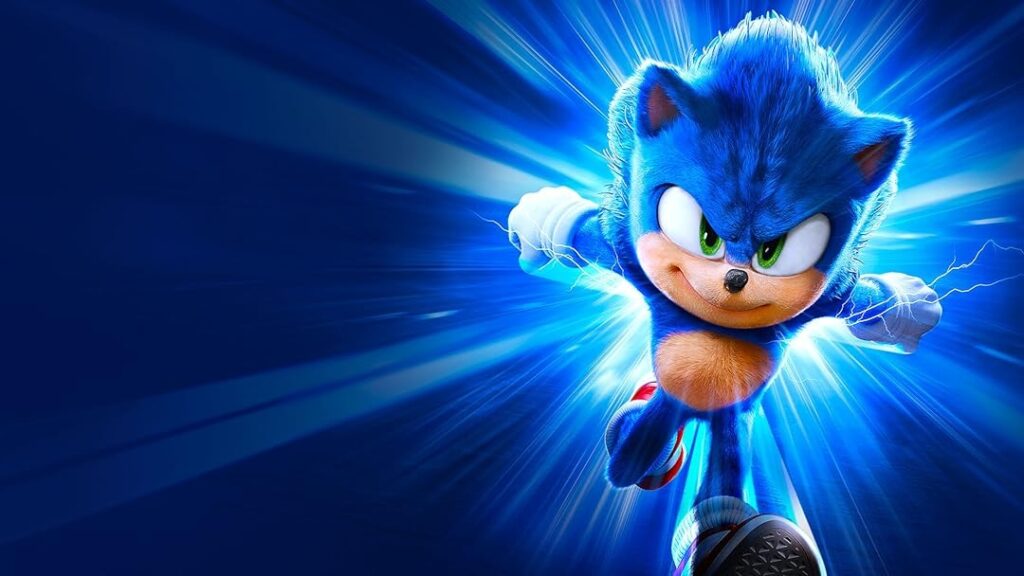
Commercials often depicted Sonic literally outrunning Mario, cementing Sega as the brash underdog willing to challenge the king.
Nintendo Strikes Back
Nintendo wasn’t about to take Sega’s jabs lying down.
- SNES Launch Ads (1991): Focused on “The Best Play Here,” emphasizing quality over flash.
- Game Comparisons: Highlighted smoother graphics, better sound chips, and exclusive franchises.
- Tone Shift: While still family-friendly, Nintendo’s ads grew bolder and more confident.
The message was clear: Sega might talk big, but Nintendo delivers substance.
This head-to-head competition between the SNES and Sega Genesis became one of the defining rivalries of gaming history (Sega Genesis vs. SNES: The 16-Bit War Begins).
The Commercials: Loud, Fast, and Unforgettable
Sega’s commercials were chaotic — explosions, rapid cuts, and aggressive voiceovers screaming slogans like “Welcome to the Next Level!”
Meanwhile, Nintendo’s ads leaned on creativity and storytelling:
- Kids transported into game worlds.
- Music and visuals that captured a sense of wonder.
- A focus on character, not just performance.
This contrast represented the core difference between the two companies — Nintendo sold dreams, while Sega sold attitude.
Print Ads: Visual Punches in Magazines
Before YouTube and social media, gaming magazines were the battlefield.
- Sega’s Approach: Sarcastic, edgy, and self-aware ads mocking Nintendo’s “kiddie” image.
- Nintendo’s Approach: Clean layouts, colorful imagery, and emphasis on exclusive IPs.
One famous Sega ad compared Genesis’s “realistic sports” to Nintendo’s “cartoony fun,” appealing directly to older players. Another mocked the SNES for its “slow” gameplay, boasting that Sega’s Blast Processing was the future — even if few people knew what it meant.
Celebrity Endorsements and Pop Culture
Sega also tapped into mainstream culture:
- Celebrities like Joe Montana, Michael Jackson, and Arnold Schwarzenegger appeared in or endorsed Sega games.
- Ads featured rock music and extreme sports imagery.
This made Sega feel alive — part of the 90s youth movement. Nintendo, in contrast, kept its focus on characters like Mario, Link, and Donkey Kong, emphasizing brand consistency over trendiness.
Global Variations: Japan vs. America
Interestingly, the tone of the console war varied by region.
- Japan: Marketing was friendlier, focusing on technical achievements and new game genres.
- North America: It was all-out warfare, with aggressive language and direct brand comparisons.
In the U.S., Sega’s campaign was tailor-made for MTV-era kids. Nintendo’s response kept the tone cleaner but more confident, emphasizing trust and longevity.
The Fallout: Who Won the War?
By the mid-1990s, the “war” cooled as both companies faced new rivals — particularly Sony, whose PlayStation revolutionized gaming.
- Sega’s Downfall: Marketing couldn’t save missteps like the Sega CD, 32X, and eventually the Saturn.
- Nintendo’s Stability: Continued dominance with the Game Boy and SNES.
- Cultural Victory: Sega made gaming cool — something Nintendo never quite did in the same way.
In many ways, Sega’s brash marketing opened the door for edgier tones in gaming, influencing everything from PlayStation ads to modern esports branding.
The Legacy of the Console Wars
The Sega vs. Nintendo rivalry changed how games were sold and perceived.
- Marketing Evolution: Shifted gaming from toys to lifestyle.
- Brand Personalities: Sega = attitude; Nintendo = legacy.
- Cultural Memory: Even decades later, fans still debate which side “won.”
Modern retro collectors see this era as a defining moment — and both companies’ consoles remain staples in retro game collecting.
Conclusion: When Ads Defined an Era
The Sega vs. Nintendo console war wasn’t just about games — it was about identity, rebellion, and creativity.
Sega taught the world that gaming could be cool and confrontational. Nintendo reminded everyone that great games would always outlast marketing trends.
Together, they didn’t just sell consoles; they defined the voice of an industry that still echoes through gaming culture today.
